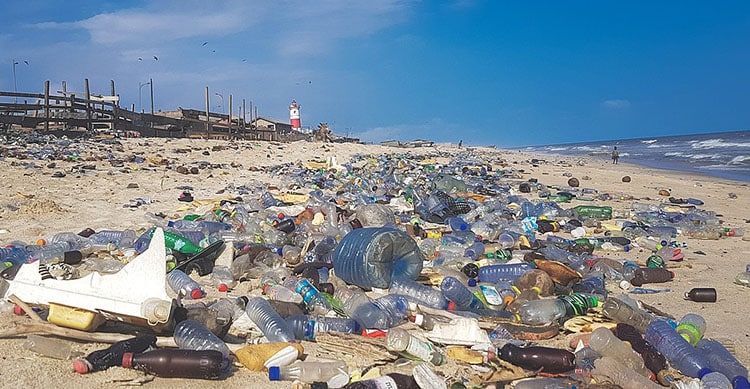Types of Pollution 101: Thinking about the greatest problem on earth
What is pollution? It is a simple question, one that everyone believes they can answer, however most answers raise many questions.
Like all things in our life the questions of “What constitutes pollution?”, “What is a pollutant?” and “What can be polluted?” are worthy of a considerable amount of thought.
Various online dictionaries, and National Geographic, define pollution as something like this.
Pollution is the introduction of harmful materials into the environment.
For a basic beginning this is a good definition. National Geographic upholds the idea that pollution can be natural, and I would agree. The example they give is volcanic ash. From our definition this remains true, but it opens a Pandora’s box of questions.
Questions of scale, degree and quantity can make many simple statements look foolish.
Asking Some Questions
Once we start to think about the question of what constitutes pollution in the light of the above definition we immediately come across other questions.
- How serious does the harm need to be?
- How long term does the harm have to be?
- How large a part of the environment needs to be harmed?
- Are we only talking about inanimate materials?
- Which aspects of the environment need to be harmed, all of it, or just some of it?
Does a just few square meters of volcanic ash that kills of few plants and some small animals before it is dissolved into the soil by the rain a day later constitute pollution? What about ten square meters, a hundred, a thousand? How deep does the ash have to be, 1mm, 1cm 10 cms or 50 cms?

Think about it.
If volcanic ash is a pollutant, because it kills off everything it covers, what about a fresh cow pat? While plants later grow through it, and animals live and feed on and in it, especially as it gets older and loses its ammonia, at the moment of deposition it kills off both the plants and many of the small animals it lands on.
Again if volcanic ash is a pollutant because it kills off everything it touches. is a wild fire started by lightning a form of pollution? Is lightning itself a form of pollution?
By our definition the answer must appear to be yes.
Lets get a little more outside the box.
When a grasshopper swarm roams across the land, introducing itself to new parts of the environment and devouring everything in its path, is this pollution?
When a human being makes an axe or gun, objects which are destined to hurt various parts of the environment, is this pollution?
What about mudslides or major long lasting flooding?
What about tsunamis introducing salt water into a fresh water pools and streams and killing off everything in them?
Finally what about the methane produced by most animals and ultraviolet radiation from the sun?
Our Definition of Pollution Is In Trouble
I hope you can see now that out definition of pollution is in a little trouble. Definitions running into trouble when they are scrutinized is something scientists and philosophers are very familiar with. It is a good sign really.
It is not a reason to stop scrutinizing, but a demand that we accept the limitations of words and the fuzzy interconnectedness of reality. Also it often requires us to rephrase our definitions and our mental maps of the world.
From the perspective of a collembolan living at the soil surface in a field somewhere the sudden occurrence of a lethal mass of cow dung from the heavens above might well be called pollution. However we know this is not really what we mean when we use the word.
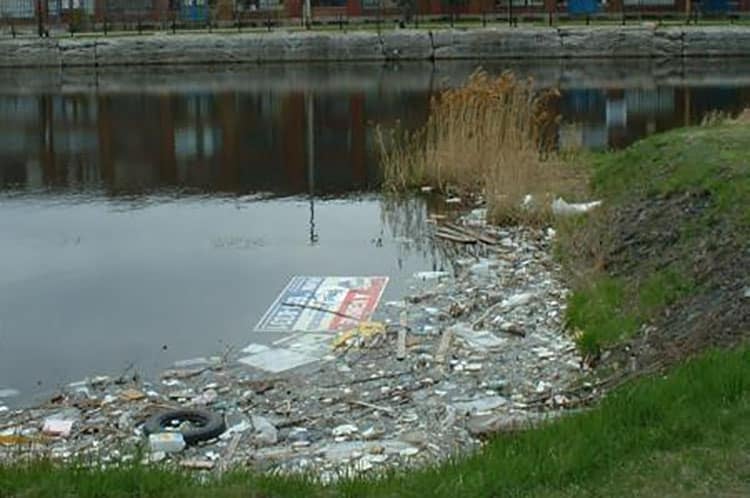
So… What Is Pollution Again?
If we redefine our definition of pollution maybe we can find a way to move forwards. Do we really want to get bogged down in the problems that arise when we include destructive aspects of the natural environment in our definition of pollution? I think the answer to that is no. So, major falls of volcanic ash and other large scale events aside lets try this.
Pollution is the introduction into the environment of substances that cause large scale, or long lasting harm because of their quantity, immediate toxicity or lack of biodegradability.
By this definition all nonbiodegradable products produced by human beings would constitute pollution if they are released into the environment. It would also include things like oil spills, which, while biodegradable in the long term, cause massive destruction in the short term. It would also include all forms of plastic which do not degrade. Meaning those which break down into smaller and smaller particles creating the microplastic flux currently increasing all around the world..
Further more by this definition a single cow pat would not constitute pollution because it is neither large scale nor long lasting. However flushing the toilet wastes from a city of a ten thousand people into a nearby lake every day definitely would qualify as pollution.
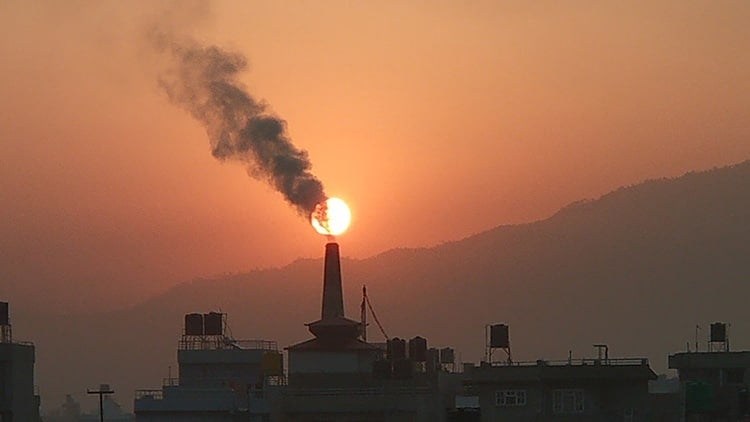
Types Of Pollution
It should be fairly obvious that not all pollutants affect all the environment. An oil spill off the coast of Mauritius in August 2020 does not have much effect on the coastal environment of Sweden, let alone the Russian Steppes or the Andes. So when we use the word ‘environment’ in our definition we know we are talking about some aspect of, not necessarily the whole of, the environment. We define types of pollution according to which aspects of our environment they affect.
The three most commonly recognized types of pollution are:-
- Air pollution
- Water pollution
- Soil pollution
These types of pollution are linked in that they all involve physical matter, however small the particles are, introduced into the environment. They are also linked in that the physical matter that is causing the pollution does not necessarily stay in one place or one part of the environment.
Pollution that has been released into the air, and which therefore constitutes air pollution, can become a part of water or soil pollution when gravity, wind or rain drives the particles of pollutant matter down onto the surface of the planet.
Similarly both soil and water pollution can move into the air, usually as a result of air movement across the surface of either. Furthermore soil pollution, under the impetus of rain or wind, can become water pollution, and water pollution can become soil pollution, either by natural flooding or human activity such as watering crops from polluted water sources.
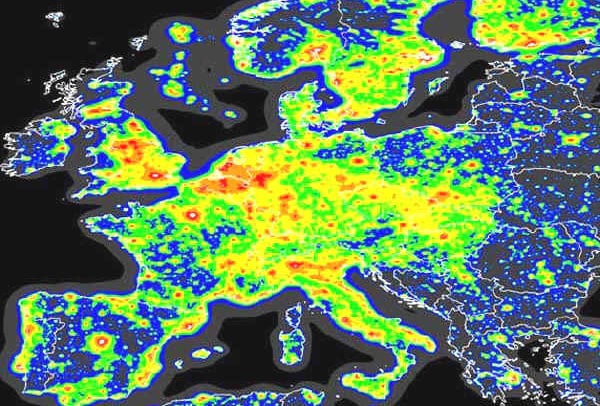
Two other less well known, but still discussed types of pollution are:-
- Light pollution
- Noise pollution
Light pollution occurs because of our obsession with artificial lights. This was first talked about by astronomers many decades ago, but is now a recognized term. Light pollution occurs whenever we produce artificial light, but it only becomes noticeable to us when it interferes with our ability to see the beauty of the night sky. Light pollution is now a ubiquitous global problem, especially in what is called “the developed world”.
I was lucky enough to have been brought up in a countryside area with minimal light pollution and one of the things I miss from my childhood is the awesome beauty of the night sky. In modern cities this simply isn’t visible.
Light pollution, like all forms of pollution also has effects on wildlife. Animals and plants that live in urban and suburban areas are usually deprived of the dark nights they have evolved over millennia to live with. This can result in the feeding and sleeping patterns of both nocturnal and diurnal wild animals being disrupted.
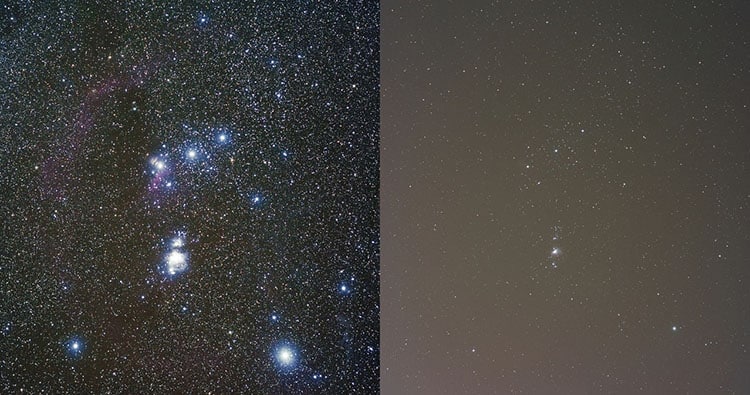
Some of the consequences for wildlife arising from light pollution are:-
- Inability to avoid predators – this is especially true for many insects that are attracted to light.
- Inability to function as a predator – some animals are so conditioned to forage in darkness that they cannot catch prey in our over-lighted environment.
- Disrupted reproduction – many species of amphibians, such as Rana clamitans, court and mate in darkness, an absence of darkness can inhibit their natural reproductive behaviour.
- Disrupted migrations – many birds migrate at night, to avoid raptor predation, massive areas of city lights can cause migrating birds to become disoriented and thus fail to find their habitual resting and refueling areas.
- General lethal disorientation – an example of this might be sea turtles hatching and crawling up the beach and away from the sea instead of down the beach into the relative safety of the sea.
- Sleep deprivation – this can result in increases in stress and reductions in foraging efficiency.
- Birds laying eggs too early in the year, and therefore being unable to feed their your because the insects they prey on are not yet abundant enough.
Other animals affected by light pollution include bats, nocturnal mammals and zooplankton in lakes and artificial reservoirs.
The dark-sky movement is an international collection of people who campaign to reduce light pollution.
Noise Pollution
Noise pollution has been named “the silent killer” in some publications. Noise pollution is another very modern aspect of human technological growth. While still little recognized by the general public it has been a cause of concern to scientists for some time.
Noise pollution is endemic in most modern urban, and many suburban environments. The effects of noise pollution are poorly studied. However those studies which have been done indicate that noise pollution has severe, negative and cumulative effects on human health.
According to the scientific publication “Noise Pollution: the silent killer of the century.” Chaudhary and Chaudhary, June 2020, noise pollution has adverse effects on human health from before birth until old age. The long term health hazards accruing from exposure to excess noise include: induced hearing loss, sleep disturbances, cardiovascular disease and stress.
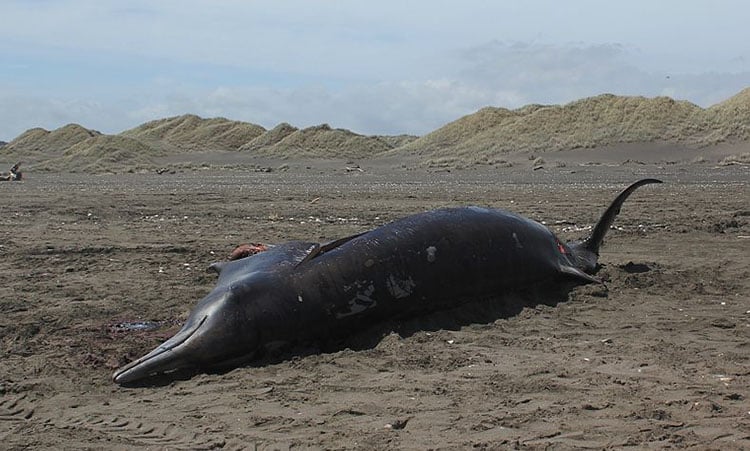
Marine Noise Pollution and Wildlife
As widespread, unpleasant and under-documented as the effects noise pollution are on ourselves, the effects on wildlife are most probably as, if not more, serious and definitely less well studied.
Ninety percent of mass strandings of beaked whales that have occurred since the end of the19th century (when records started being collected) took place after 1950. Modern shipping, ocean mapping and modern marine oil mining and prospecting all flood the oceans with noise. Animals that use sound as their primary means of communication and even perception are particularly vulnerable to negative effects from noise pollution.
The autopsy of whales stranded in the Canary Islands in September 2002 revealed considerable damage to their auditory and other internal organs. Later it was shown that this stranding occurred during an international military exercise which released a huge amount of engine and sonar noise into the environment. This was the beginning of the scientific realization that noise pollution in the oceans has serious negative effects on marine life.
Marine Noise Pollution Is Increasing Hugely
The amount of noise pollution in the oceans has doubled every decade since recording began. Modern studies suggest that marine noise pollution can reduce the ability of whales to effectively communicate by up to 60%.
Recent studies suggest that noise pollution can harm whales directly by damaging their hearing, and in extreme cases, causing internal bleeding and death. More commonly, it appears that excessive or prolonged noise can cause behavioral changes that interfere with the health and survival of the animals.
Here is a wonderful video from the Economist Magazine on sound and noise pollution in our oceans. How noise pollution threatens ocean life.
Damage to hearing organs is one of the most commonly reported negative effects of marine noise pollution. Hearing damage has been reported in Marine mammals, Squid, Cuttlefish Octopi and Pink Snapper Pagrus auratus. Other noise pollution harm includes loss of defence capability in the shore crab Carcinus maenus, disturbance in feeding activity in Atlantic Salmon Salmo salar and induced alarm reflexes in various species of fish. See:- Acoustic Noise Pollution from Marine Industrial Activities: Exposure and Impacts.
News Update:-
A Literature Review published in February 2021 states:-
“Sound travels faster and farther in water than in air. Over evolutionary time, many marine organisms have come to rely on sound production, transmission, and reception for key aspects of their lives. These important behaviors are threatened by an increasing cacophony in the marine environment as human-produced sounds have become louder and more prevalent.
Existing evidence shows that anthrophony, (sounds generated by human activities), affects marine animals at multiple levels, including their behavior, physiology, and, in extreme cases, survival. This should prompt management actions to deploy existing solutions to reduce noise levels in the ocean, thereby allowing marine animals to reestablish their use of ocean sound as a central ecological trait in a healthy ocean.”
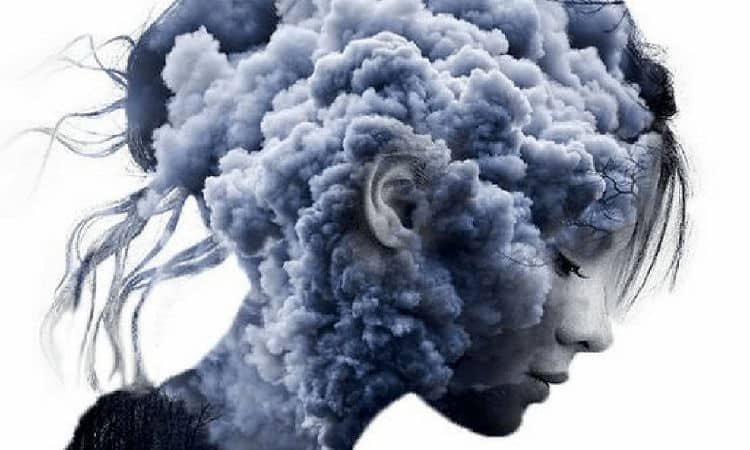
What Is Pollution – Final Thoughts
I would like to finish with a few excursions into areas where the concept of pollution is entirely relevant but little discussed. To start this I would like to introduce a new definition of pollution.
Pollution is anything, which, when introduced into an environment, reduces the quality and functionality of that environment.
In the above writing, and in the links below the focus of our attention is all on the physical world and the physical environment. However we all understand that the physical environment is not the only environment we live in. As conscious, self aware creatures we also inhabit a non-physical environment and I would like to suggest that it is here that pollution has its greatest effects.
I say this because all our actions both as individuals and as a society arise out of our internal environment. All the pollution that humanity so casually creates in the physical world is the result of inner world pollution. Pollution that creates minds and souls as degraded and dysfunctional as the most obscenely polluted physical environment.
In other words, all pollution starts with mind pollution because only a polluted mind could sanction the creation of physical pollution. It follows from this that the key to cleaning up the physical world lies in cleaning up the pollution in our minds.
Types of non-physical pollution.
How you define types of non-physical pollution will depend on your current mindset. Achieving any sort of objective consensuality on how to define, and even on what constitutes non-physical pollution is likely impossible. I am not claiming to be an expert in anything so I would like you to read the following as a set of possibilities. Possibilities that you will think about, argue with and probably improve on, within the confines of your own mind. That said here are a few suggestions for non-physical pollution.
- Emotional pollution – Type 01– Anything that acts as a source of hate within a mind.
- Emotional Pollution – Type 02 – Any thoughts or beliefs that degrade or destroy a person’s ability to enjoy life.
- Intellectual pollution – Truth pollution – This would be anything that interferes with a person’s ability to recognize and love truth. This would include any post truth suggestions that truth is unknowable or entirely individual. Some truths are individual, but many are not.
- Ethical/Moral pollution – Anything that exists within a mind that degrades, and or distorts, its ability to clearly conceptualize healthy moral values.
- Perceptual pollution – Anything that reduces a person’s ability to appreciate the beauty of the natural environment. Also anything that inhibits or reduces the beauty of the perceptual world. This will include things in the physical domain, such as cities.
- Ideological pollution – Naturally this will only apply to people who adhere to ideologies, but anything that challenges a given ideology would qualify to be ideological pollution. This would be, and has been, a concept particularly useful to religious and political groups. Though to outsiders ideologies may well be considered a form of pollution in themselves.
Well that has brought us to the end of this brief introduction to the concept of pollution. If you would like to delve more deeply into the specifics of different types of pollution why not start with Earthlife’s report on Microplastics.
Image Credits:- Air Pollution – by Janak Bhatta – license CC BY-SA 4.0, Pollution demonstration – by Nick Carson, Volcanic ash – by Crisco 1492, Stranded Whale – by Avenue – license CC BY-SA 3.0, Night Sky – by Jeremy Stanley – license CC BY 2.0, Mind Pollution by Nevessart.

